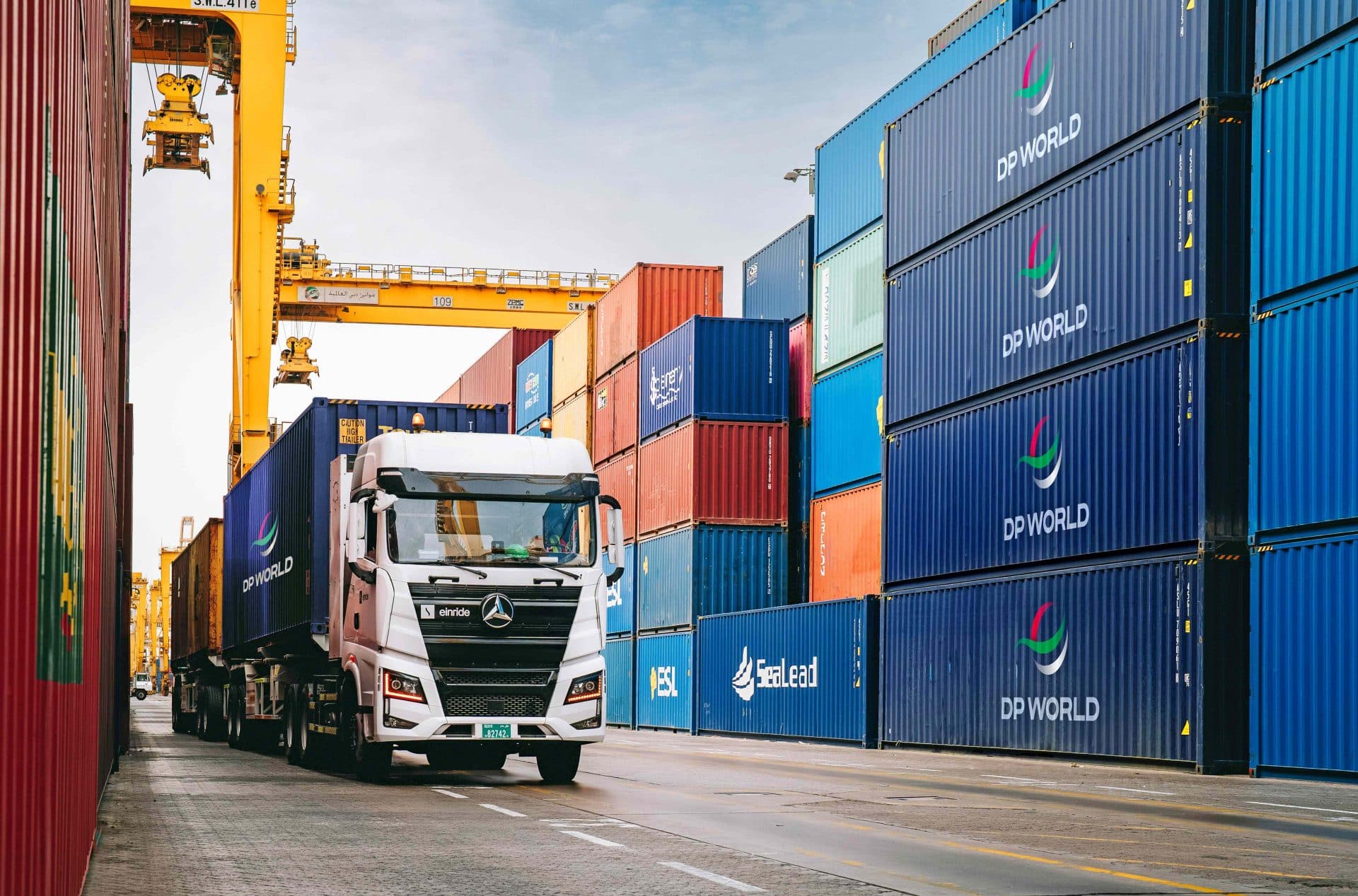Logistic Other

Digitalization and connectivity in the air cargo sector

Digital Transformation Reshapes Regional Air Cargo
The air cargo sector in the Middle East and South Asia is undergoing a significant transformation, driven by increasing trade volumes and the accelerated adoption of digital solutions. Major hubs like Dubai, Doha, and Riyadh are strengthening the region's role as a global logistics gateway through continuous infrastructure investment. This growth is now being supercharged by a wave of digitalization, with the regional digital logistics market forecast to grow at a compound annual rate of 15%, as companies invest in automation and smart data systems to enhance visibility and operational efficiency.
Pioneering Digital Standards for Seamless Operations
Leading carriers are at the forefront of this technological shift. Cathay Cargo, for instance, has become the first carrier to implement IATA’s ONE Record standard, a unified data model that enables seamless information exchange across the supply chain. The industry is also rolling out customer-facing tools such as real-time customs clearance updates, digital booking platforms, and advanced tracking systems. These innovations provide businesses with greater predictability, operational control, and the ability to respond proactively to dynamic market demands and potential disruptions.
Strategic Hubs and the Future of Resilient Supply Chains
The evolution of strategic hubs is crucial for building resilient supply chains. The article highlights Hong Kong and the Greater Bay Area as a key Asian logistics corridor, with its multimodal connectivity facilitating the efficient movement of high-value goods. Similarly, Middle Eastern hubs support trade diversification by offering flexible routing and rapid transshipment. The integration of digital platforms across these networks allows airlines, freight forwarders, and ground handlers to coordinate more effectively, monitor shipments, anticipate bottlenecks, and ensure supply chain continuity even during periods of high demand.












